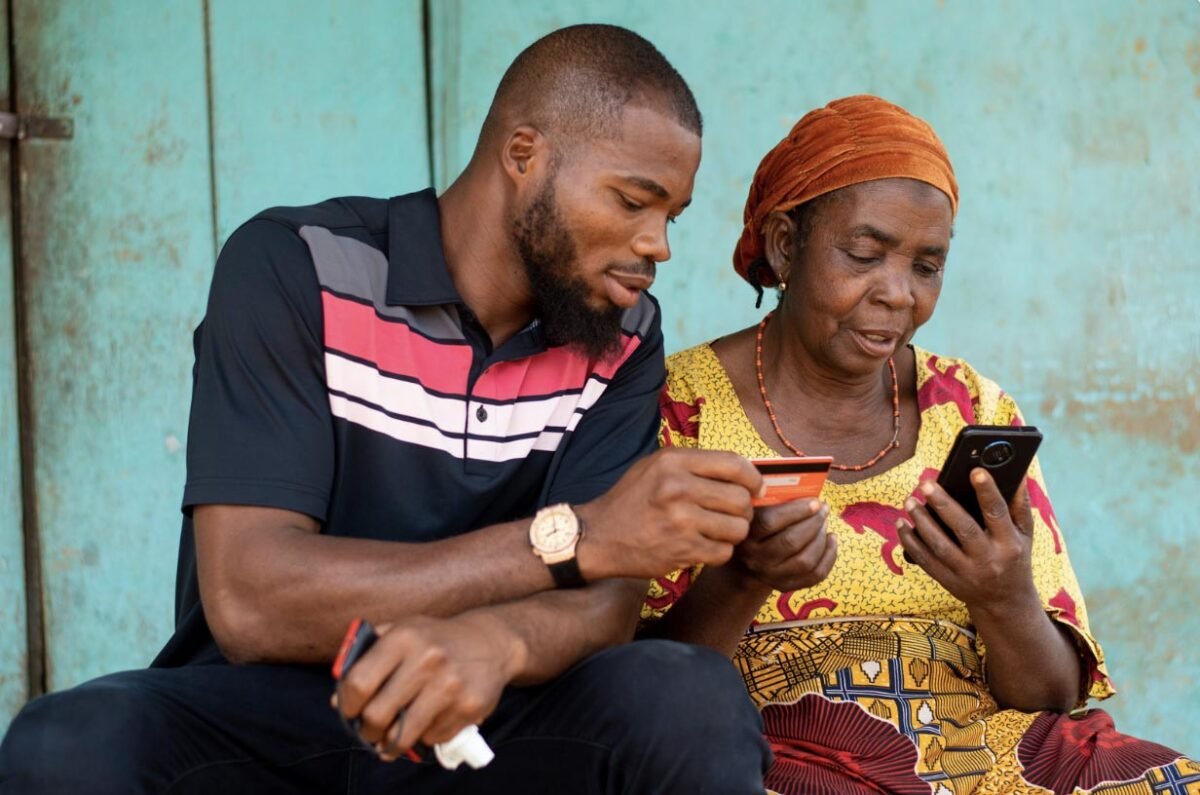A few weeks ago, my team went over a routine update of Africa’s manufacturing outputs. I sat there quietly, displaying one of those brave village elder faces, which I observed, back in my village. Not wanting to let them see that I was utterly horrified at what I was hearing. Having myself observed these numbers across time (through various literary works), it was different hearing them, from those I work with, wording them out loud, not a silent read.
Africa’s global manufacturing output amounts to only 1.9%, meaning the Made in Africa Brand represents only 1.9% of what’s made globally. Yet during 2016-2018 Africa imported 85% of its food, something as basic as food, is something we still do not get right, when we have more than 65% of the world’s arable land, under our feet?
The ‘made in Africa’ brand reality and narrative holds two sides of the coin to it. Namely, the manufacturing or industrialisation priorities, and secondly, the psychological or social perception of the products made in Africa.

Looking at these 2022 numbers, our manufacturing volumes have actually dropped by 1.1% since 1970, when they sat at upwards of 3%, fast forward to today: our imports continue to grow, despite the potential Africa has.
There are key aspects to consider carefully, towards growing the made in Africa brand, enhancing productivity and industrialisation priorities. Some will be dealt with within this brief article, whilst others will be dealt with in future articles.
Read related articles
- Wearable technology and athletes’ right
- Beyond the gadgets – regulatory and legal considerations for wearable technology in sports
- Joint sale of broadcast rights to sport events
The Market size: Africa is gearing to be home to 2 Billion people by 2035
Africa must take advantage of frontier technologies to consolidate our sizable domestic market. Here’s why: as a continent, Africa is geared to exceed 2 billion population by 2035. African states have been encouraged to observe China, as a best practice, as the leading manufacturing territory with a very active consolidated consumer market. Are we carrying out these observations, or making every type of excuse under the sun as to why we too cannot attain our own manufacturing capabilities and local production know-how.
In China: take Alibaba, which has 1.28 billion consumers on their platform, 979 million of those consumers in China, with the balance, 301 million outside China. Making it easy for this China based entity and others aligned to it, as a best practice model, to reach their own people and the global market. Africa must observe closely.
The future is digital: Africa, pay attention, not rhetorically, but practically
The future of trade is digital and Africa must prioritise digitisation of supply chains, consolidation of market segments and certain levels of evolving the informal economy into the formal economy. To make it easy for businesses of all sizes to access and service this sizable Pan African market. With certainty, a cut and paste method will not cut it, there are elements of China, or the West that will not apply like a glove fit to Africa’s terrains. We do well to adapt those methods we deem useful.
Blockchain democratises access whilst lessening middle-men involvement
Low productivity is not the only problem we are facing as a continent. It is very difficult to access Made in Africa products. It’s actually a lot easier to access products from outside of Africa, than source products from within the continent. Take an established suburb, within Johannesburg, such as Sandton, it will take me a minimum 15 minutes to order raw ingredients to prepare an Italian dish, on African soil. It is, however, not possible to digitally, via a few clicks on an App, to source in raw ingredients, to prepare an egusi dish, a popular Nigerian dish, that is also a local favourite in South Africa, but hard to come by. This dynamic goes beyond food, permeating across most item categories. A re-think of a more integrated Africa, with closely integrated supply chains, is a must.

Also read
- The law in Nigeria and how it affects the clauses in football contracts – Part 2
- What are the different options available for image rights?
- The Algorithm of Creativity
Africa’s supply chain legacies pose a threat to the continent’s inter-trade aspirations
Worsening this reality: Africa’s supply chains have historically been designed to take value out of Africa. Making it easy for raw materials to go out and for finished products to be sold back to us, at a much higher price. Infrastructure built, not in favour of intertrade between Africans between African states. Traditionally, there’s a need for a number of middle men, to get involved in trade, to source, to vet, quality assure goods, and avail them with ease to the open market, for peace of mind, to those purchasing such goods.
Therein rests, the potential for blockchain, as a referee to these trust dynamics, be it in a business to business environment, or business to consumer, across the made in Africa brand domain. Without the traditional sourcing and availing methodologies, such as availing those products on mainstream retail shelves: technologies, blockchain in particular, makes it possible for value to be exchanged without the need for numerous middlemen. Meaning blockchain as a decentralised technology, enables producers to sell products directly to consumers instead of the physical mall being the only option. Whilst aiding the growing traction for eCommerce platform, as a solid trust managing tool.

Less bricks & cement, more digital: the 660 million virtual malls, yet to be fully tapped
Future malls are digital. Malls are evolving beyond a typical “bricks and mortar” existence. The malls are folding into people’s palms as we speak. Even before the metaverse takes off fully. Currently, as at May 2022, Africa is home to more than 660 million smartphones, those are smart malls in the palm, availing products at a few clicks of a button.
For Africa to rise with agility, and stand shoulder to shoulder with established economies, leveraging these opportunities, and low hanging fruits, are a must.
Deserving of future write-ups, as we expand on this series of aptly timed Thought Leadership, will be the expansion on: how an ideal trade environment (policy and otherwise), practical leverages of the Africa Continental Free Trade Agreement (AfCFTA) as per it’s 450 billion USD trade flow being unlocked, addressing damaged local perceptions around the Made in Africa brand, scaling our production means (shifting from consumption focus to production and producing what we consume at scale), empowering our youth (and supporting them beyond job promises, with entrepreneurial backing and more), and more.
To see our African economies firing on all cylinders to compete on the cutting edge of the global economic domain, in our lifetime, necessitates a shift in what has become a slump, an unwelcome normal, to a business unusual. To shift the industrialisation outputs to new heights. After all: we could either arrive in 2035, to face 2 billion Africans needing more foreign aid, or 2 billion Africans focused on trade, less aid.


